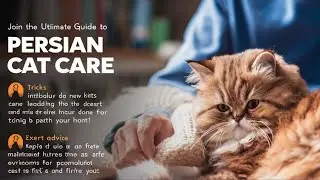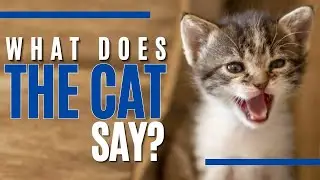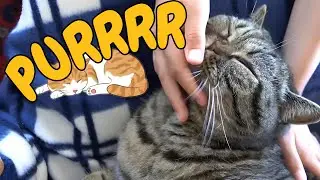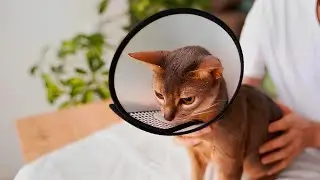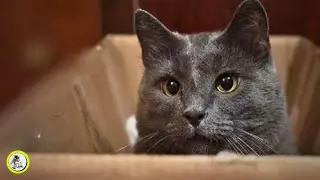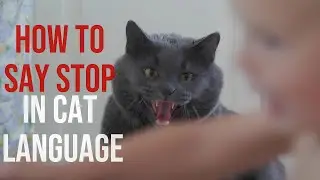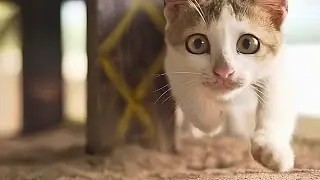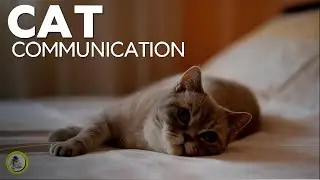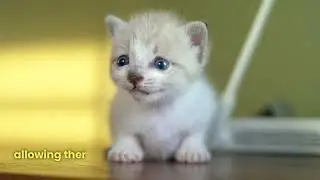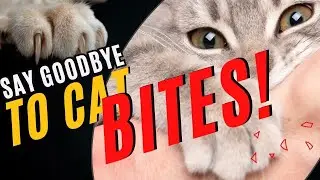Does My Cat Love Me And See Me As It's Mother / How Do I Know If My Cat Loves Me / Cat World Academy
Does your cat truly love you, or are you just a convenient source of food? Cats communicate their emotions subtly, but by understanding their body language, you can unlock a deeper understanding of their feelings. A slow blink, a gentle head nudge, or the rumble of a purr are all signs of affection. Watch for playful swats of the paw during playtime, or the way your cat follows you around the house. These behaviors all indicate that your feline friend feels safe and trusts you completely. If your cat leaves you "gifts" of dead mice or birds, it's not a prank - it's a sign they see you as part of their family and want to share their prey.
Understanding your cat's behavior is key to building a strong bond. Pay attention to their tail posture, vocalizations, and how they interact with you. A cat that exposes its belly or makes biscuits on you with its paws is showing affection and trust. On the other hand, a swishing tail or flattened ears might indicate that your cat is feeling scared or agitated. By learning to "read" your cat's signals, you can create a more harmonious and loving relationship.
Caring for your cat involves several key aspects to ensure their health and happiness. Regular grooming is essential, especially for long-furred breeds, to prevent matting and hairballs. Brushing your cat regularly not only keeps their coat smooth and shiny but also helps to reduce shedding and hairball formation. Additionally, trimming your cat's nails is important to prevent them from becoming too long and causing discomfort or injury. It's important to approach nail cutting with care, using proper techniques and tools to avoid accidentally harming your pet. Providing appropriate scratching posts can help fulfill your cat's natural urge to scratch while also protecting your furniture. Avoid resorting to declawing, as it can lead to long-term health issues and behavioral problems. Instead, focus on positive reinforcement and training techniques to encourage desired behaviors in your feline companion.
Understanding your cat's behavior is crucial in providing them with the best care possible. By observing their actions and reactions, you can better address their needs and preferences. Training your cat involves patience and consistency, using positive reinforcement methods to encourage good behavior.
** Channel Link ** / @catworldacademy
** Cat Grooming Playlist **
• Cat Grooming 101: A Beginner's Guide ...
** Cat Hair Care Ti̇ps PLAYLIST ** Cat Care Tips - Cat Care Ti̇ps For Beginners - Baby Cat Care Tips- Cat Health - Care Tips - Pet Cat Care Tips - • Cat Care Tips - Cat Care Ti̇ps For Be...
FOLLOW US ON
INSTAGRAM: / catcaretipsandhealth
TIKTOK: / catcaretipsandhealth
Does your cat truly love you, or are you just a convenient source of food?
Cats communicate their emotions subtly, but by understanding their body language, you can unlock a deeper understanding of their feelings. A slow blink, a gentle head nudge, or the rumble of a purr are all signs of affection. Watch for playful swats of the paw during playtime, or the way your cat follows you around the house. If your cat leaves you "gifts" of dead mice or birds, it's not a prank - it's a sign they see you as part of their family and want to share their prey with you.
Understanding your cat's behavior is key to building a strong bond.
Pay attention to their tail posture, vocalizations, and how they interact with you. A cat that exposes its belly or makes biscuits on you with its paws is showing affection and trust. On the other hand, a swishing tail or flattened ears might indicate that your cat is feeling scared or agitated. By learning to "read" your cat's signals, you can create a more harmonious and loving relationship.
Here are some additional tips for understanding your cat's behavior:
Pay attention to their tail. A cat's tail can tell you a lot about how they're feeling. A high tail is a sign of happiness and contentment, while a low tail can indicate fear or aggression.
Listen to their vocalizations. Cats communicate with each other and with humans through a variety of vocalizations. Meowing, purring, and hissing are just a few of the sounds that cats make.
Watch their body language. Cats also communicate through their body language. A cat that is relaxed and comfortable will have its ears forward and its body loose. A cat that is feeling threatened or scared will have its ears back and its body tense.
By taking the time to understand your cat's behavior, you can build a stronger bond with your furry friend.
#CatCareTips #DoesMyCatLikeMe #DoMyCatLoveMe #HowDoIKnowIf MyCatLovesMe #CatBehavior #CatHealth #CatGrooming #CatScratching #CatNailCutting #LongFurCats #CatBrushing #CatHairballs #CatTraining

![[NRA 2019] NEW Beretta 92X Performance Pistol](https://images.videosashka.com/watch/SpWSjue_8G4)









